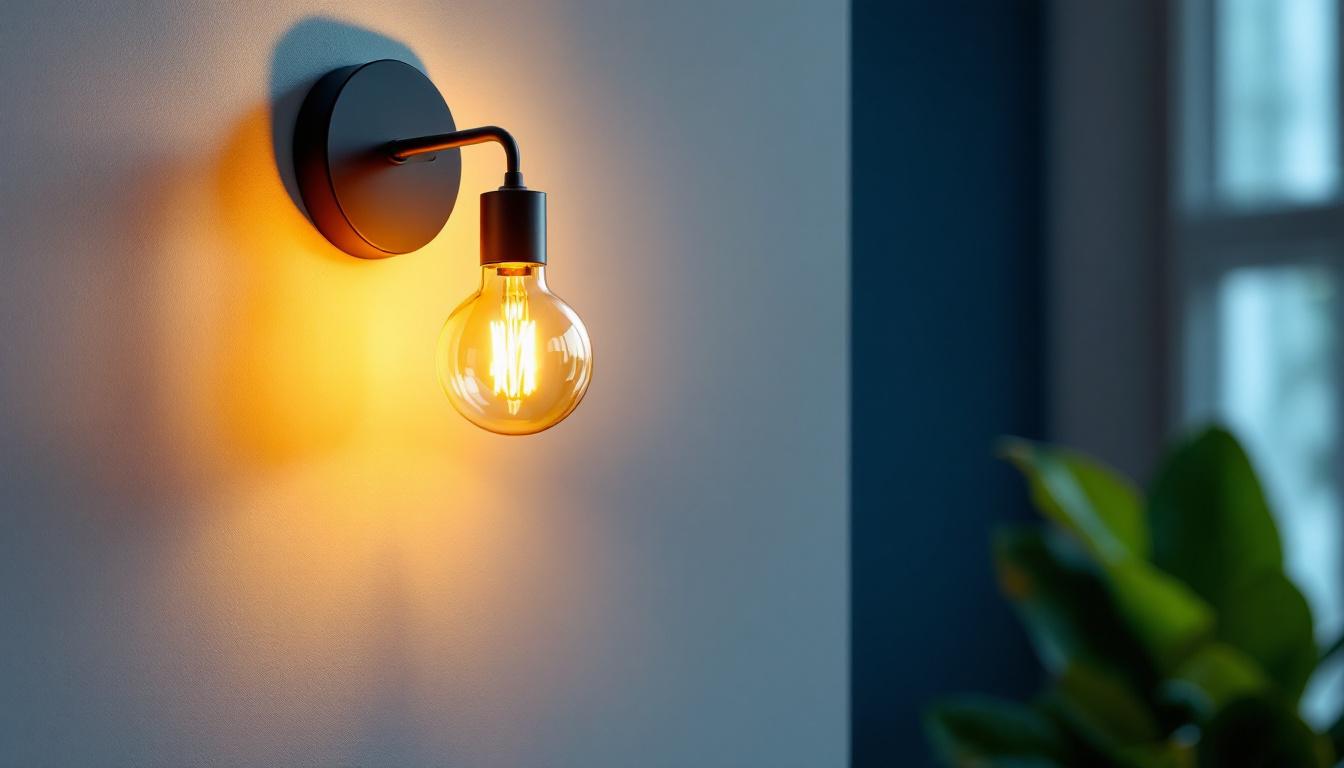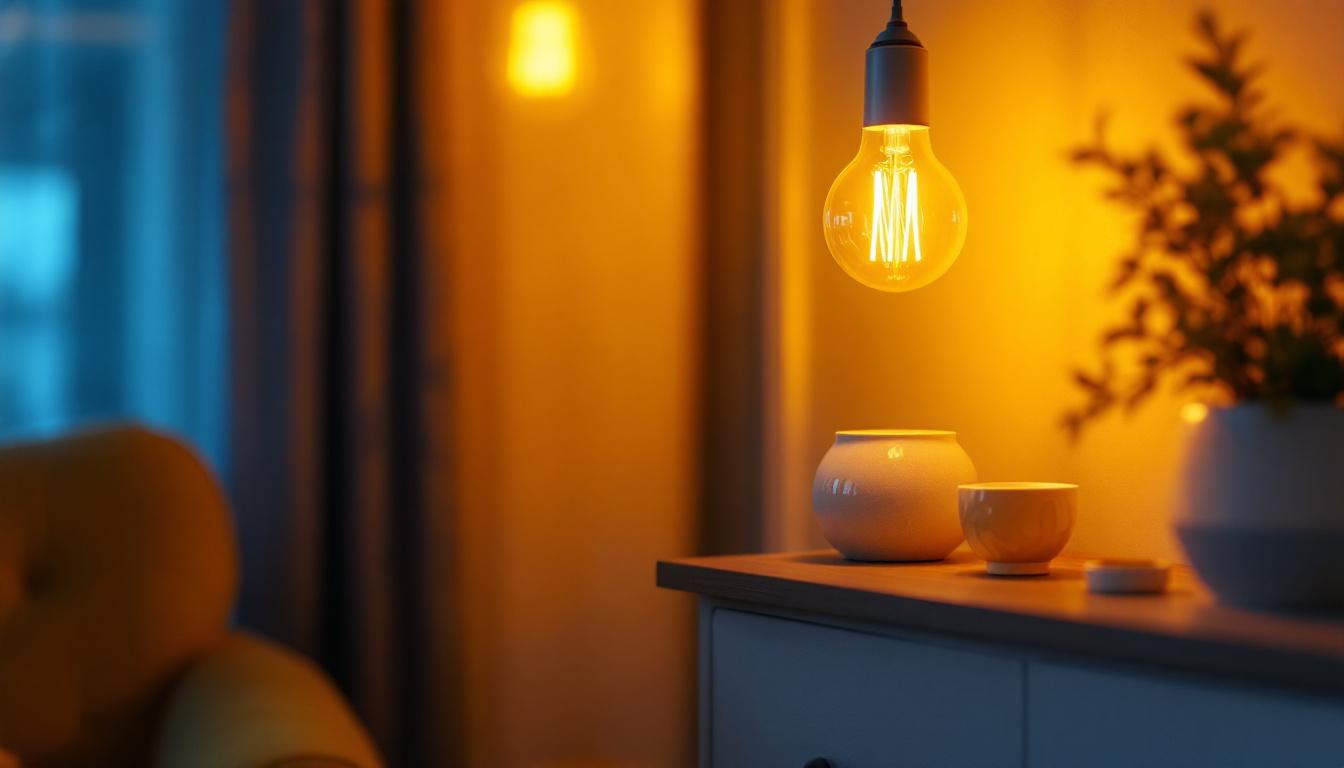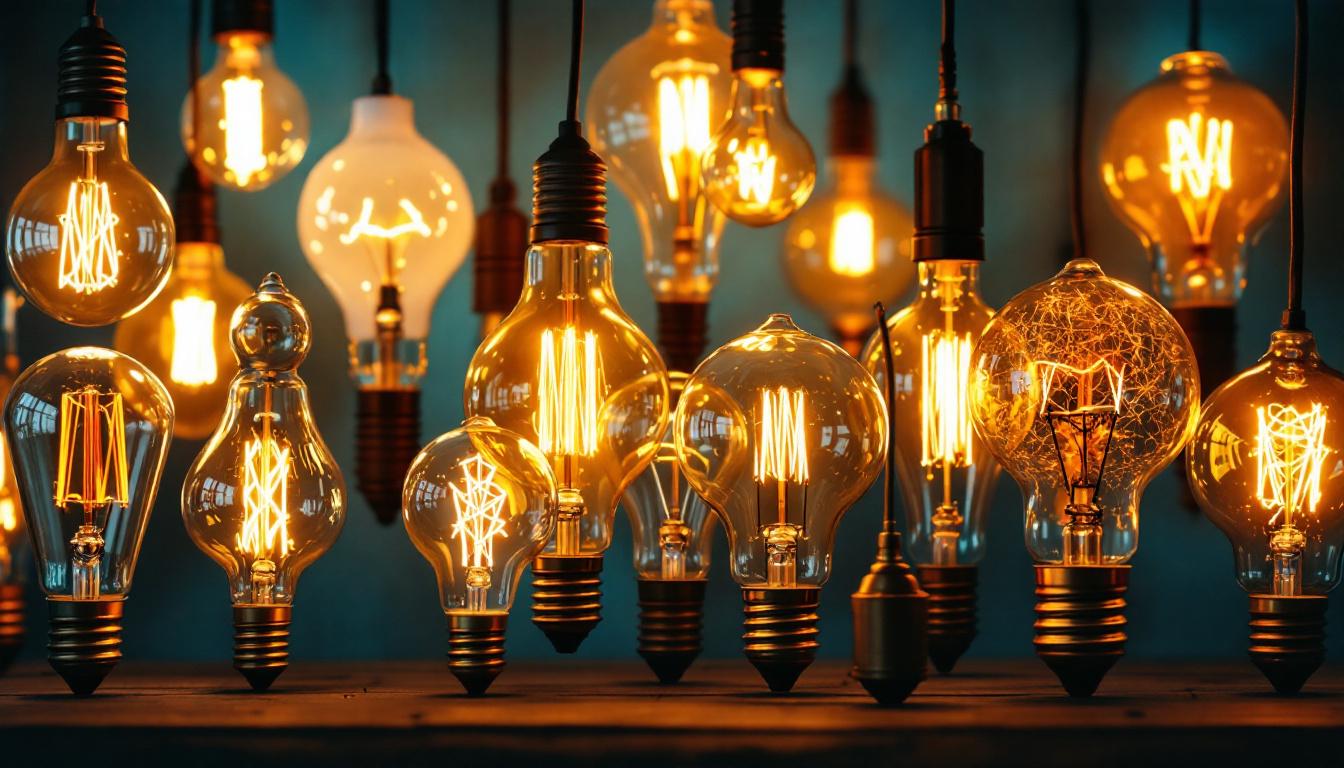
Lighting plays a crucial role in enhancing the aesthetic and functionality of a space. Among the various lighting options available, wall sconce lamps stand out for their versatility and elegance. For lighting contractors, mastering the art of installing and selecting wall sconces can elevate their projects and satisfy clients. This article delves into essential tips and insights for lighting contractors looking to excel in the world of wall sconce lamps.
Wall sconce lamps are fixtures mounted on walls that provide both ambient and task lighting. They come in various styles, sizes, and finishes, making them suitable for diverse applications, from residential to commercial spaces. Understanding the characteristics and functionalities of wall sconces is vital for any lighting contractor.
There are several types of wall sconces, each serving different purposes. Some common types include:
The style of wall sconce can significantly impact the overall design of a room. When selecting sconces, consider the existing decor and the desired ambiance. For instance, a modern space may benefit from sleek, minimalist sconces, while a traditional setting might call for more ornate designs. Additionally, the finish of the sconces—such as brass, chrome, or matte black—should complement other fixtures and furnishings.
Moreover, the placement of wall sconces plays a crucial role in their effectiveness. Strategically positioning sconces at eye level can enhance their functionality, making them not just decorative elements but also practical sources of light. Installing sconces on either side of a mirror in a bathroom can provide flattering illumination for grooming tasks, while placing them along a hallway can create a welcoming pathway. Furthermore, dimmable sconces offer versatility, allowing homeowners to adjust the light intensity based on the time of day or the mood they wish to create.
In addition to their aesthetic appeal, wall sconces can also contribute to energy efficiency. By utilizing LED bulbs, which consume significantly less power than traditional incandescent bulbs, sconces can illuminate a space while minimizing energy costs. This is particularly beneficial in commercial settings where lighting can account for a substantial portion of energy usage. As sustainability becomes increasingly important, choosing wall sconces that support eco-friendly practices can enhance a brand’s image while providing stylish and functional lighting solutions.
Proper installation is crucial for wall sconces to function effectively and enhance the space. Here are some key tips for lighting contractors to consider during the installation process.
Determining the correct height and placement of wall sconces is essential for both functionality and aesthetics. Generally, sconces should be installed at eye level, which is typically between 60 to 72 inches from the floor. However, this can vary based on the specific application and the height of the ceiling. In hallways or narrow spaces, sconces should be placed closer together to create a cohesive look.
Additionally, consider the purpose of the sconces when determining placement. For ambient lighting, sconces can be spaced evenly along a wall. For task lighting, such as reading lights beside a bed or chair, position them closer to the seating area for optimal illumination. It’s also important to take into account any furniture or architectural features that may obstruct the light. For instance, if a sconce is too close to a tall piece of furniture, it may not provide the desired effect and could lead to shadows that diminish the overall ambiance of the room.
Wiring is a critical aspect of wall sconce installation. Ensure that the electrical box is securely mounted and that the wiring is up to code. It’s essential to use the appropriate gauge wire and follow local electrical codes to ensure safety and compliance. If the sconces are to be controlled by a dimmer switch, verify that the dimmer is compatible with the type of bulbs being used.
For contractors who are not comfortable with electrical work, it may be wise to collaborate with a licensed electrician. This not only ensures safety but also provides peace of mind for both the contractor and the client. Moreover, when planning the wiring layout, consider the potential for future upgrades or changes in lighting design. Installing additional conduit or leaving extra wire length can make it easier to adapt the lighting scheme later on, allowing for flexibility in design without the need for extensive rewiring. Finally, always ensure that the power is turned off at the breaker before beginning any installation work to prevent accidents and ensure a safe working environment.
Choosing the right bulb for wall sconces can greatly influence the quality of light produced and the overall energy efficiency of the installation. With various options available, understanding the differences between them is crucial for lighting contractors.
Wall sconces can accommodate several types of bulbs, including incandescent, LED, and fluorescent. Each type has its advantages and disadvantages:
When selecting bulbs for wall sconces, consider the color temperature, measured in Kelvin (K). A lower Kelvin rating (2700K-3000K) produces a warm, cozy light, ideal for living spaces. In contrast, a higher rating (4000K-5000K) emits a cooler, more energetic light, suitable for workspaces or kitchens.
Brightness, measured in lumens, is another essential factor. Contractors should aim for a balance between brightness and ambiance, ensuring that the sconces provide adequate illumination without being overpowering. For example, a reading nook may require brighter sconces, while a hallway may benefit from softer lighting.
In addition to color temperature and brightness, the directionality of light produced by the bulb can significantly impact the overall ambiance of a space. Wall sconces often serve to highlight architectural features or artwork, so selecting a bulb that offers focused light can enhance these elements. Moreover, the placement of the sconces should be carefully considered to maximize their effectiveness; for instance, sconces placed at eye level can create a warm, inviting atmosphere, while those positioned higher can help to illuminate larger areas without creating harsh shadows.
Furthermore, energy efficiency is not just about the type of bulb used but also about how the lighting design integrates with the overall energy consumption of a building. By opting for smart lighting solutions, such as motion sensors or timers, contractors can further reduce energy usage. This not only benefits the environment but also leads to cost savings for homeowners in the long run. As technology advances, the options for integrating smart features into wall sconces continue to expand, allowing for even greater customization and control over lighting environments.
The design of wall sconces should harmonize with the overall aesthetic of the space. Lighting contractors must consider how sconces interact with other design elements, such as furniture, wall colors, and architectural features.
To achieve a cohesive look, sconces should complement other lighting fixtures in the room. For instance, if the main light source is a modern chandelier, selecting sconces with similar design elements can create a unified theme. Additionally, consider the color palette of the room; sconces in complementary finishes can enhance the overall decor.
Layering light is a fundamental principle in lighting design. Wall sconces can be used in conjunction with other light sources, such as overhead fixtures and floor lamps, to create depth and dimension in a space. By strategically placing sconces, contractors can highlight specific areas, create focal points, and enhance the overall atmosphere.
Proper maintenance of wall sconces is essential to ensure their longevity and performance. Lighting contractors should educate clients on how to care for their sconces to keep them looking and functioning at their best.
Regular cleaning is vital for maintaining the appearance of wall sconces. Dust and grime can accumulate over time, dulling the finish and affecting light output. Contractors can recommend using a soft, damp cloth to wipe down the fixtures and avoid harsh chemicals that may damage the finish.
Additionally, it’s important to check the bulbs periodically. Replacing burnt-out bulbs promptly not only ensures consistent lighting but also prevents potential damage to the fixture. Educating clients on the importance of using the correct wattage and type of bulb can further extend the life of the sconces.
As trends and technologies evolve, clients may wish to upgrade their wall sconces. Lighting contractors should stay informed about the latest designs and energy-efficient options available. Offering clients the opportunity to replace outdated fixtures with modern, stylish sconces can enhance their space and improve energy efficiency.
Wall sconce lamps are a versatile and stylish lighting solution that can significantly enhance the ambiance of any space. For lighting contractors, mastering the art of selecting, installing, and maintaining these fixtures is essential for delivering exceptional results to clients. By understanding the various types of sconces, installation best practices, bulb selection, and design considerations, contractors can elevate their projects and ensure client satisfaction.
Ultimately, the ability to create a well-lit environment that balances functionality and aesthetics will set a lighting contractor apart in a competitive market. By applying these tips and insights, contractors can master the art of wall sconce lamps and deliver outstanding lighting solutions that meet the diverse needs of their clients.
Ready to take your lighting projects to the next level? At LumenWholesale, we provide lighting contractors with an exceptional range of high-quality, spec-grade wall sconce lamps and more, all at unbeatable wholesale prices. Say goodbye to local distributor markups and hello to superior lighting products that meet the highest industry standards. With our hassle-free bulk buying and free shipping, you can trust that you’re getting premium lighting at the best value — without any hidden fees. Elevate your lighting solutions today and experience the best in wholesale lighting at LumenWholesale.

Discover how the Lepro 25 Pack 4Ft T8 LED Tube Light can boost your profits with energy savings and durability.

Discover why the T Lamp Bulb is an essential component for any lighting project.

Discover the fascinating world of unusual light bulbs and gain valuable insights tailored for lighting contractors.

Discover the pivotal role lighting distributors play in advancing energy-efficient solutions.